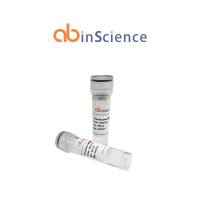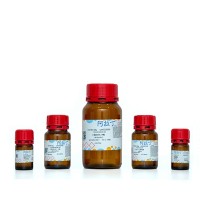Study of Oxidative Damage and Antioxidant Systems in Two Huntingtons Disease Rodent Models
互联网
229
Huntington’s disease (HD) is a hereditary neurodegenerative disorder, characterized by motor, psychiatric, and cognitive symptoms. The genetic defect responsible for the onset of the disease, expansion of CAG repeats in exon 1 of the gene that codes for huntingtin, has been unambiguously identified. The mechanisms by which the mutation causes the disease are not completely understood yet. However, defects in the energy metabolism of affected cells, which may cause oxidative damage, have been proposed as underlying molecular mechanisms that participate in the etiology of the disease. In this chapter, we describe biochemical methods that allow us to determine striatal oxidative damage in transgenic mice and in the quinolinic acid-induced excitotoxicity model in rat, and establish the status of protective cellular systems. The excitotoxic model is acute, easier and faster to perform than the transgenic model, and can within a short period provide valuable data to try new therapeutic strategies. The methods described in this chapter permit us to link the kynurenine pathway with the cascade of toxic and harmful reactions that cause the damage observed in HD. We consider that determining the mechanisms inducing oxidative damage in two different models of HD will allow the testing of drugs or other therapeutic strategies with antioxidant activities.









